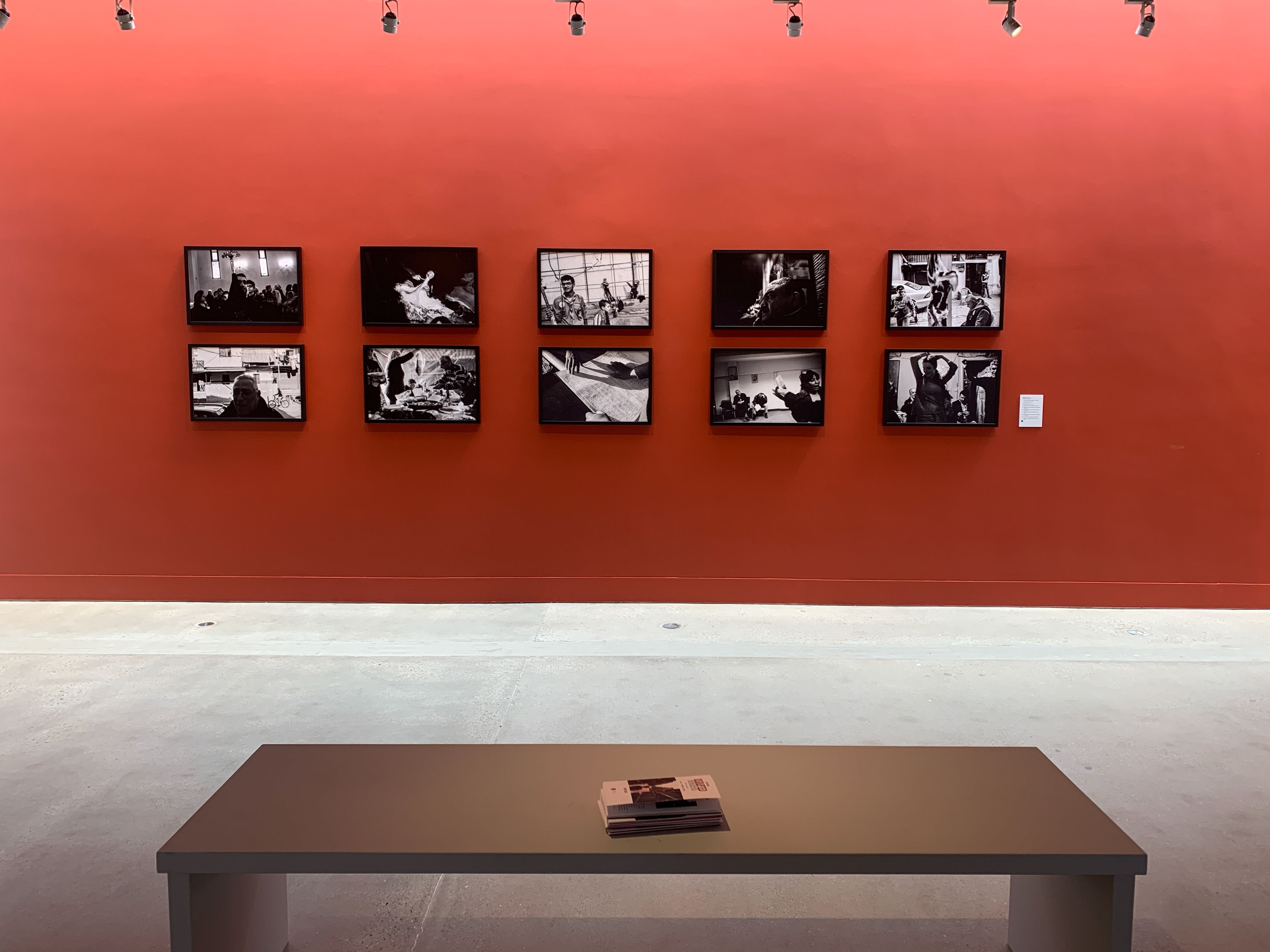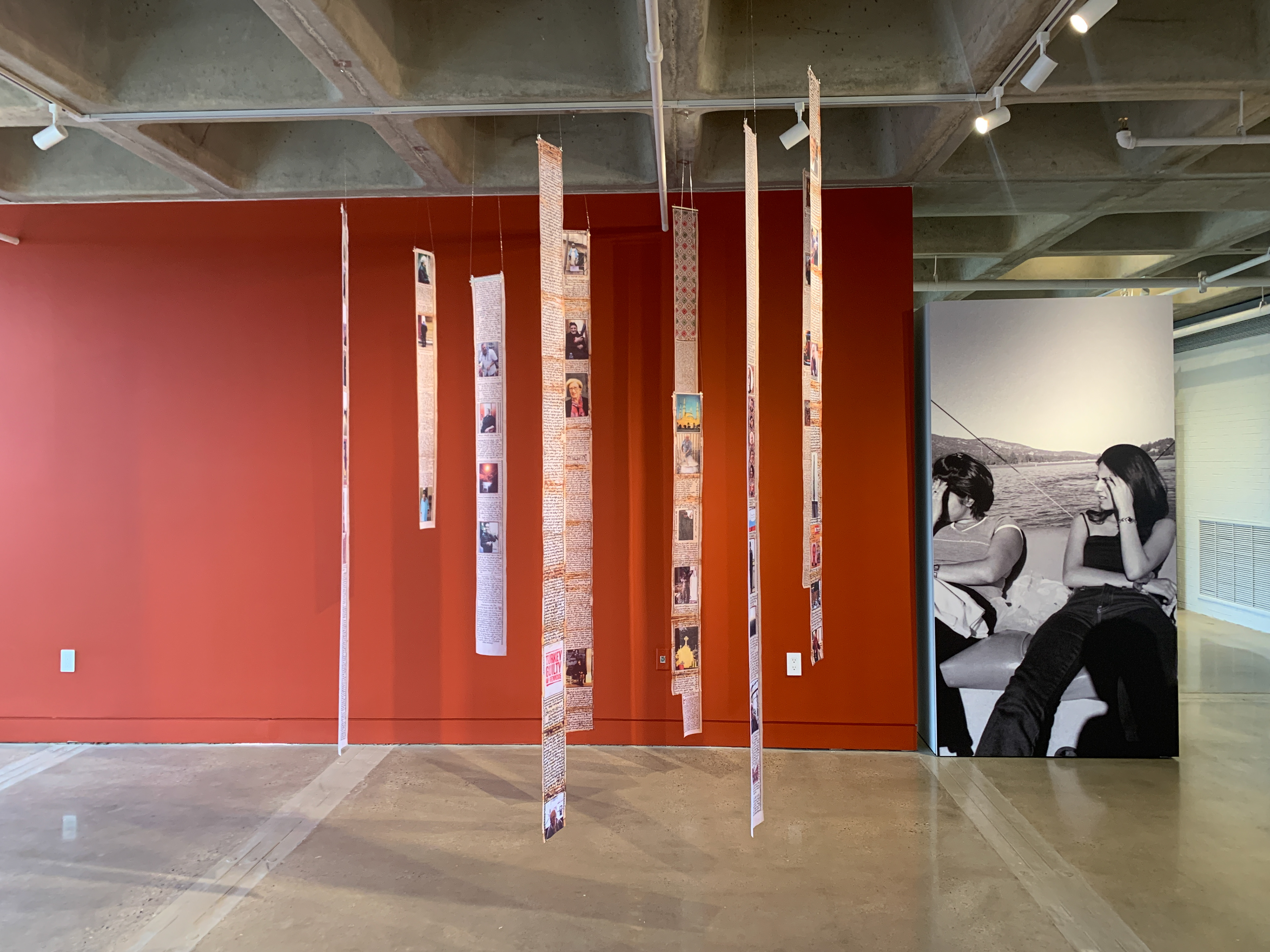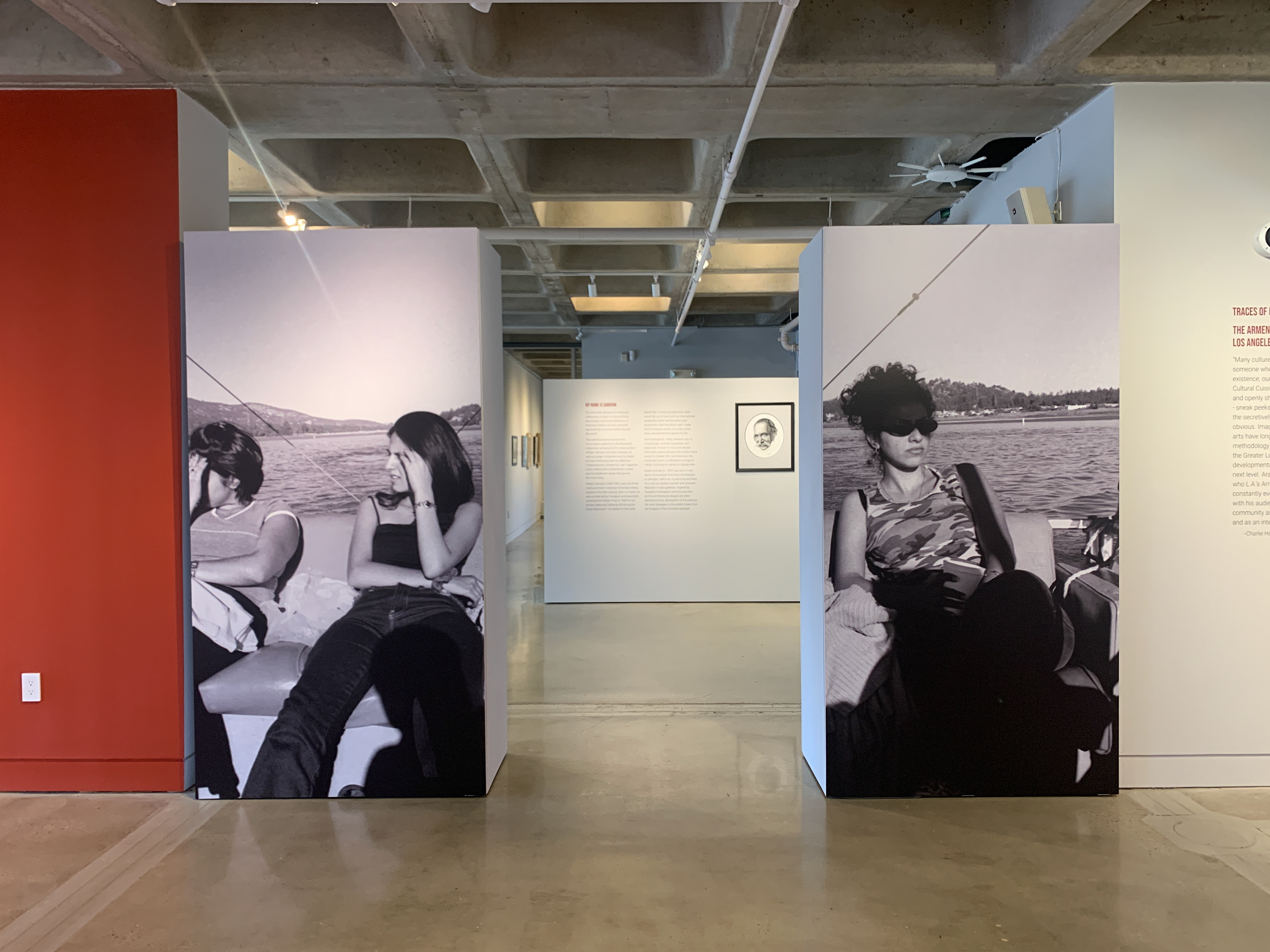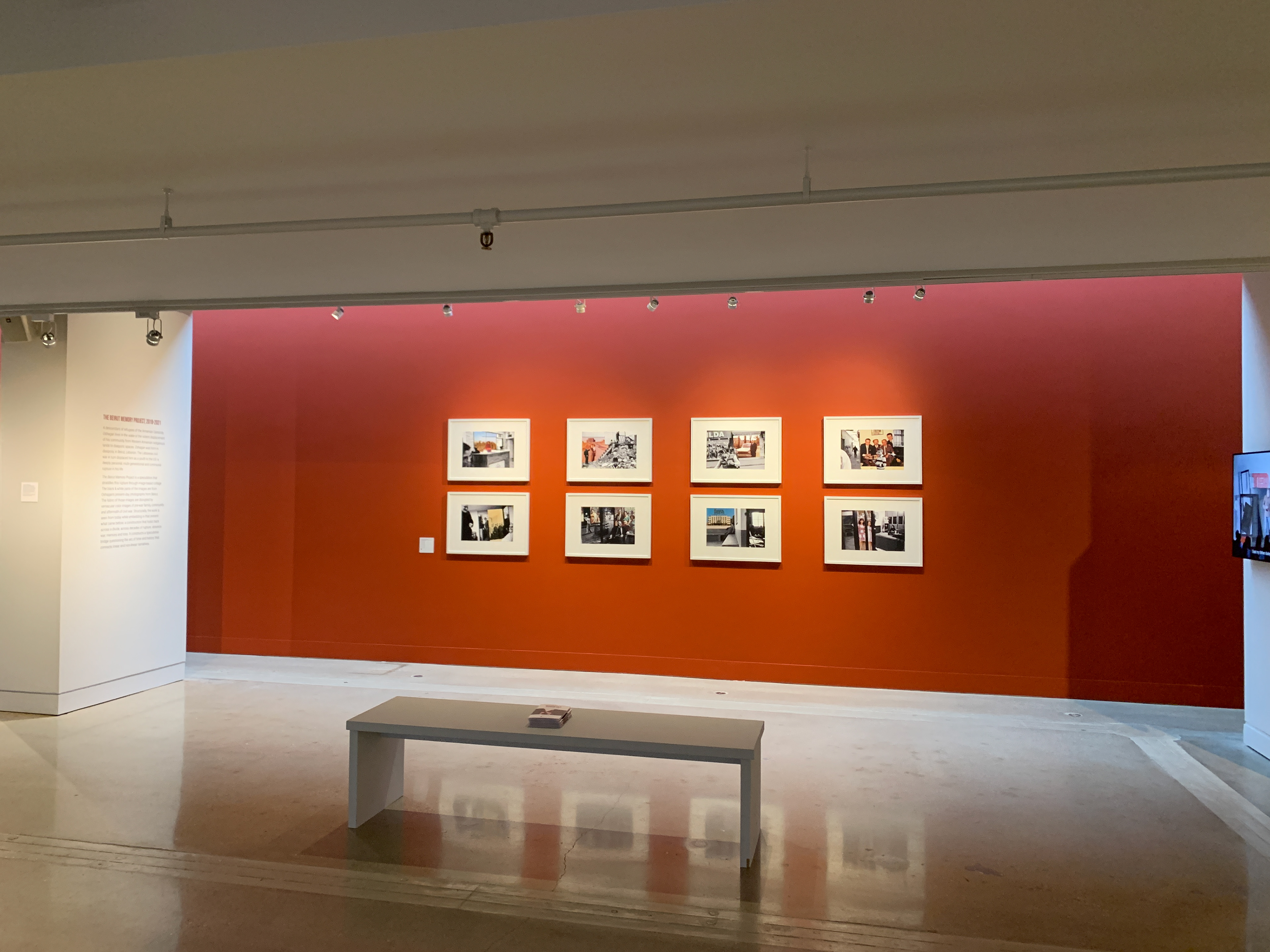Ara Oshagan: Disrupted, Borders
ARMENIAN MUSEUM OF AMERICA
65 Main Street
Watertown, MA 02472
www.ArmenianMuseum.org
May 31, 2023
Photography and Installation Explore Issues of Dislocation and Cultural Identity
at Armenian Museum of America
WATERTOWN, MA--The Armenian Museum of America (AMofA) recently announced the opening of its next contemporary art exhibition, “Ara Oshagan: Disrupted, Borders.” The show follows the AMofA’s blockbuster exhibit, “On the Edge: Los Angeles Art 1970s-1990s from the Joan and Jack Quinn Family Collection,” which received rave reviews and was viewed by thousands of visitors.
“Disrupted, Borders” at AMofA is an expanded version of what was previously exhibited at Stockton University Art Gallery in New Jersey, and the show is being curated by Ryann Casey. “This exhibition connects many of the diasporic and homeland entanglements that have occupied me over the past decade or more, from Los Angeles to Beirut to Artsakh,” states Oshagan. “The works articulate a certain ‘diasporic liberation,’ as so well stated by Hyperallergic editor Hrag Vartanian in his introductory essay about the exhibit.”
The exhibition combines photography, collage, installation, and film, the last of which runs in the AMofA’s Kolligian Media Room. “The installation at Stockton was quite impressive in person and we knew this was something we wanted to bring to our Adele and Haig Der Manuelian Galleries,” says Executive Director Jason Sohigian. “Ara’s photography is from the diaspora in Los Angeles and Beirut, as well as Armenia and Artsakh so it connects many historical elements with contemporary issues facing Armenians today.”
More than 55 works are on display including a massive mural from Oshagan’s Beirut Memory Project, as well as six large medieval manuscripts printed on fabric and overlain with photographs of people from Shushi, Artsakh. Nineteen Eighteen Armenian Hmayil prayer scrolls are also reproduced for an installation in the middle of the gallery space. The texts scrolls are created from the digitized collections of the Library of Congress and other institutions, and they are modified with “interventions” from Oshagan that reflect on travel, family, culture, and politics.














